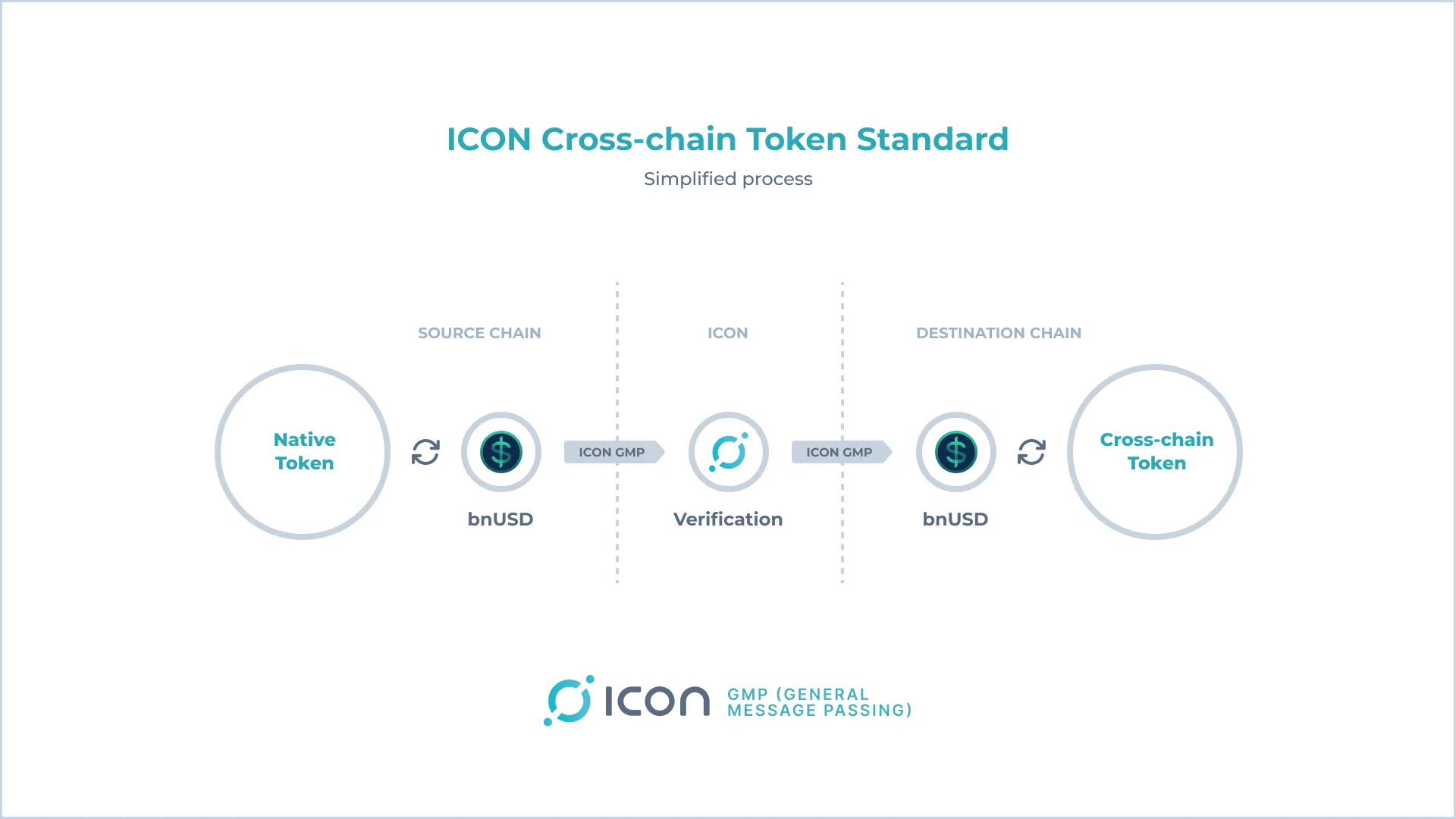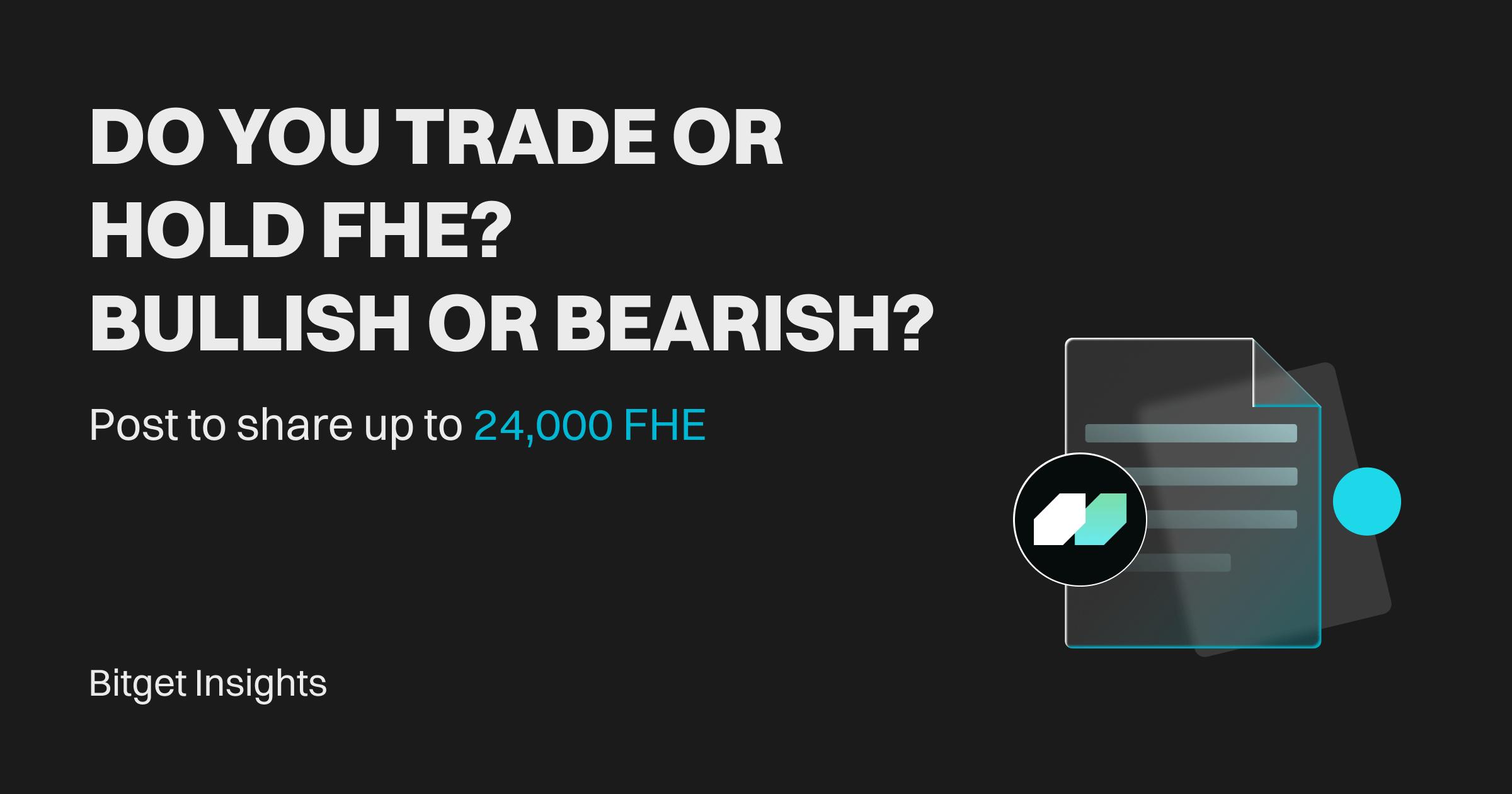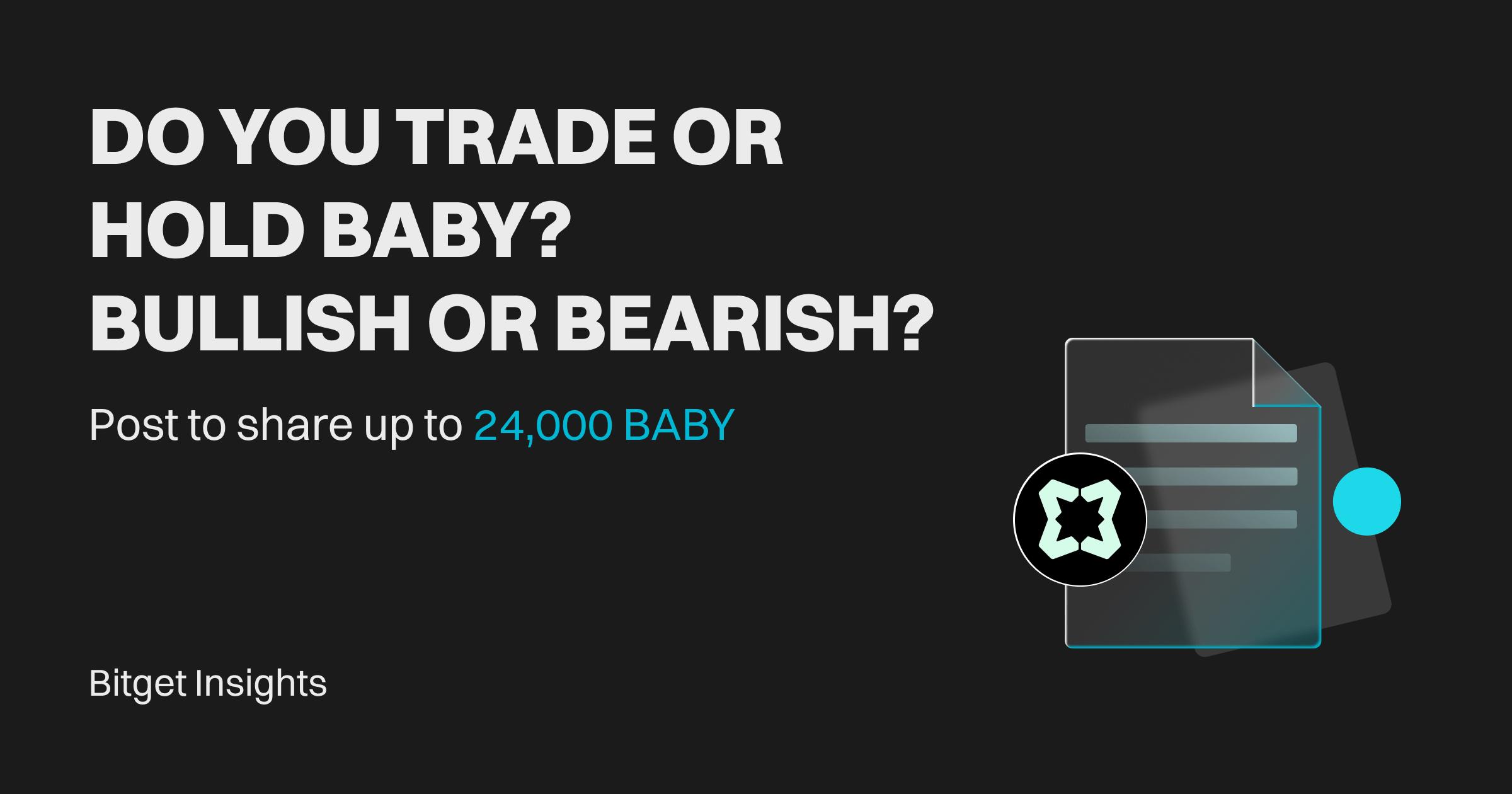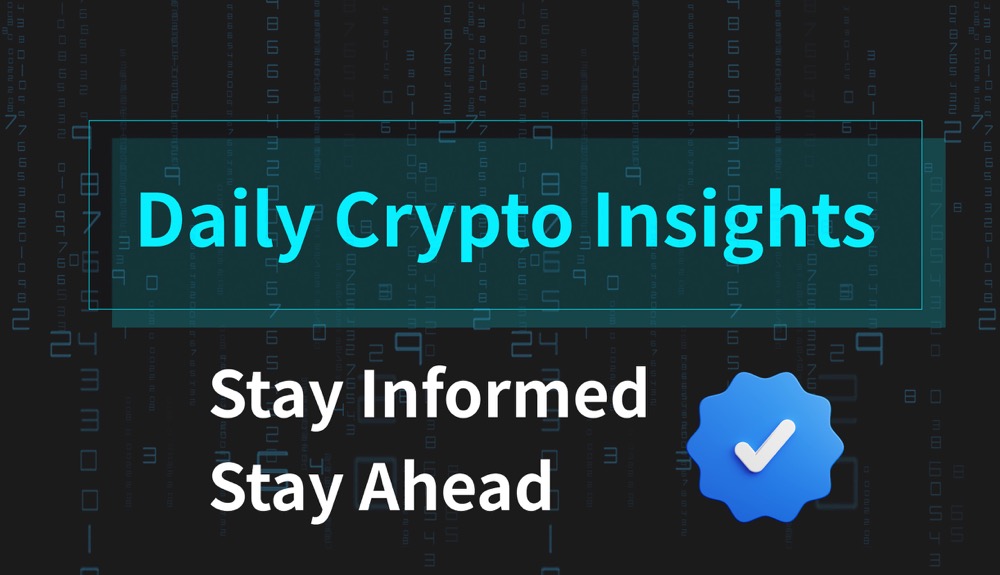Introducing ICON’s Cross-chain Token Standard
Gone are the days when ICON's cross-chain strategy relied on wrapped token swaps. While wrapped assets were essential for their time—enabling assets to move to new blockchains and laying the groundwork for cross-chain transfers—they had their limitations. Wrapped assets played a crucial role in expanding DeFi into a multichain framework and will likely always have a place. However, the wrapped asset model has inherent drawbacks. The primary limitation is that these assets are non-fungible across different interoperability protocols since each protocol deploys wrapped assets on behalf of a project. This results in completely different, non-fungible assets for each route taken, leading to liquidity fragmentation, an undesirable user experience, and less efficient markets.
ICON’s new direction focuses on offering users native transfers. Similar to how we deployed bnUSD, we aim to provide this functionality to all projects' liquidity on Balanced. If a project chooses Balanced for its liquidity, we can offer its token on any of the Balanced-connected chains, delivering a native experience.
It's important to note that this cross-chain standard will adhere to ICON’s token standard framework and to ERC20 standards for tokens on the EVM chain.
Why is this significant?
This standard, integrated through ICON’s cross-chain DEX, Balanced, allows any project to launch its token on any blockchain connected to Balanced. This means the project only needs to deploy liquidity into a single pool rather than multiple pools across different chains. This approach maximizes the efficiency of liquidity usage and gives the project greater control over its tokens. They gain the ability to own, upgrade, and customize their tokens across various blockchains, streamlining operations and enhancing scalability.

This standard builds upon the foundational framework of Balanced's bnUSD. Venture23 will lead its development and implementation, with funding approved through ICON’s Contribution Proposal System (CPS). Initially, the focus will be on the ICON, EVM, and SUI Move platforms, with all development and implementation targeted for completion within approximately two months. Stay tuned for further updates.
Disclaimer: The content of this article solely reflects the author's opinion and does not represent the platform in any capacity. This article is not intended to serve as a reference for making investment decisions.
You may also like
FHE is live! Bullish or bearish? Join to share 24,000 FHE!

BABY is live! Bullish or bearish? Join to share 24,000 BABY!


VIPBitget VIP Weekly Research Insights
The unique value of Proof-of-Work (PoW) tokens lies in their mining mechanism and regulatory positioning. Research shows that mining costs are a defining feature of PoW tokens, involving significant investment in hardware and electricity. When market prices approach miners' breakeven points, miners tend to hold onto their coins in anticipation of future appreciation. This behavior reduces circulating supply, shifts the supply-demand balance, and may contribute to price increases. Regulatory clarity is also critical to the investment appeal of PoW tokens. Both BTC and LTC are classified as commodities by the U.S. SEC rather than securities, which simplifies the ETF approval process. In January 2024, the approval of the BTC spot ETF triggered significant institutional inflows. LTC is currently undergoing the ETF application process. While DOGE and KAS have not yet received formal classification, their PoW nature may position them for similar treatment. Together, these factors enhance market liquidity and attract more institutional investors.
